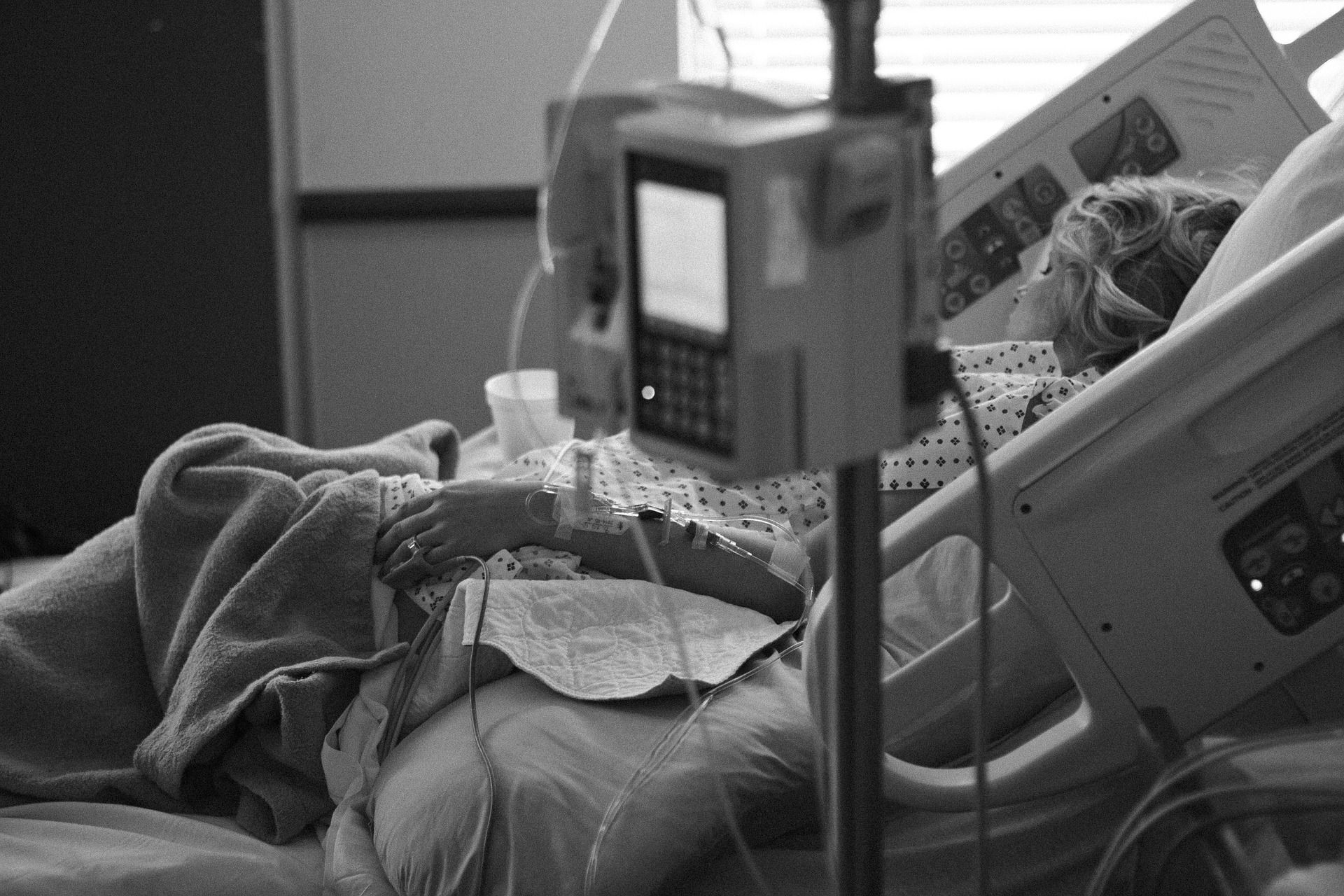In the post-COVID-19 emergency state we find ourselves in, the list of neglected health issues is only growing. Antimicrobial resistance and healthcare-associated infections (HAIs) are 2 that if we’re being entirely honest, were neglected well before the COVID-19 pandemic. Emerging infections, such as Candida auris, are presenting a global health threat that ultimately stresses diagnostic, pharmaceutical, surveillance, and healthcare resilience.
For perspective, C auris has grown from 757 clinical cases and 1310 screening cases in 2020 to 2377 clinical cases and 5754 screening cases in the last 12 months according to the Centers for Disease Control and Prevention (CDC).1 In terms of HAIs, on any given day in the United States, one in 31 hospitalized patients has at least one healthcare associated infection.2 The hard truth is that data for both these issues likely represents a significant under-reporting.
Surveillance for resistant infections and HAIs has been a long-standing struggle and one continuously noted by the World Health Organization (WHO). To better understand this nexus, a research team from the University of Maryland and the Maryland Department of Health (MDH) sought to understand the dynamics of reservoir patients, transmission, and colonization in healthcare settings. Recently published in JAMA, this study underscores a critical need to increase surveillance and infection prevention efforts in patients across healthcare facilities and with mechanical ventilation.3 Utilizing a statewide point prevalence survey through sampling of sputum, perianal, arm/leg and axilla/groin cultures from patients receiving mechanical ventilation in healthcare settings, the team was able to look across 40 acute care hospitals and 18 ventilator-capable long-term care facilities. Surveyed from March 7, 2023- June 8, 2023, they were able to achieve 100% participation from the facilities, and focus on cultures positive for C auris, Acinetobacter baumanni (A. baumannii), as well as carbapenem-resistant A baumannii (CRAB).
In their findings, the researchers noted that, “among the 482 patients who had samples collected, 30.7% (148/482) grew A baumannii; 88 of the 148 (59.5%) of these A baumannii were CRAB. In acute care hospitals, 8.2% (23/282) of patients sampled had A baumannii compared with 62.5% (125/200) in long-term care facilities (RR, 7.66 [95% CI, 5.11-11.50], P < .001). For CRAB, 6.4% (18/282) of patients sampled in acute care hospitals were colonized compared with 35.0% (70/200) of patients in long-term care facilities (RR, 5.48 [95% CI, 3.38-8.91], P < .001).
Among the 470 patients who had axilla/groin cultures collected, C auris was identified in 31 (6.6%). Nine (29.0%) of these patients were not previously reported to the MDH based on the existing C auris surveillance program; 9.3% (18/194) were from long-term care facilities and 4.7% (13/276) from acute care hospitals (RR, 1.97 [95% CI, 0.99-3.92], P = .05). Among the 31 patients with C auris colonization, 9 (29.0%) were also colonized with CRAB.”
What You Need to Know
There increasing concern of antimicrobial resistance and the emergence of drug-resistant pathogens, such as Candida auris.
A study conducted by the University of Maryland and the Maryland Department of Health reveals that patients receiving mechanical ventilation in healthcare settings are particularly vulnerable to colonization by drug-resistant pathogens, including Acinetobacter baumannii and carbapenem-resistant A baumannii (CRAB).
The findings underscore the urgent need for increased surveillance and infection prevention efforts, especially in healthcare and long-term care facilities.
Study lead, Dr. Anthony Harris, MD, MPH, division head of Healthcare Outcomes Research within the University of Maryland’s School of Medicine Epidemiology and Public Health Division, shared some insights with Contagion regarding the critical study, pointing out that, “the study needs to be repeated in other states to see if the ventilated patients in other states have similar high prevalence of C auris, Acinetobacter and carbapenem-resistant Acinetobacter. We need to understand that we need to launch new interventions in long term care facilities for these ventilated patients because these ventilated patients are likely amplifiers of antibiotic resistance problems.”
Fundamentally this study has revealed a painful reality—these pathogens were common among those patients undergoing mechanical ventilation and those in long-term care facilities are at an even higher risk for infection. There is desperate need to expand our surveillance of these emerging and resistant infectious diseases, especially in environments where we know people are at higher risk—healthcare facilities and long-term care facilities where patients are often exceedingly vulnerable to HAIs. As Harris underscored, “we need more research on decolonization and pathogen reducing agents that will affect the GI tract. We need more implementation research in ventilated patients in long term care facilities.”
References
1. Tracking Candida auris. CDC. Last reviewed February 14, 2023. Accessed October 28, 2023. https://www.cdc.gov/fungal/candida-auris/tracking-c-auris.html
2. Healthcare-Associated Infections. CDC. Last Reviewed: October 5, 2018.Accessed October 28, 2023. https://www.cdc.gov/hai/data/index.html
3.Harris AD, Pineles L, Johnson JK, et al. Prevalence of Acinetobacter baumannii and Candida auris in Patients Receiving Mechanical Ventilation. JAMA. Published online October 12, 2023. doi:10.1001/jama.2023.21083

